The workshop is an opportunity to summarize and comprehensively evaluate the results of the Project "Registering, researching, evaluating the value and establishing a scientific profile of the Thang Long Imperial Citadel relic site" - a scientific work chaired by the Institute of Imperial Citadel Research (now the Institute of Archaeology) over the past 15 years.

15 years of uncovering the depths of history
At the conference, scientists affirmed that the 15-year research has created an important turning point in decoding the history of formation and development of Thang Long Imperial Citadel - the political , cultural and economic center of Dai Viet through the dynasties.
The conference focused on three major topics: decoding the architectural form of Vietnamese palaces in the context of ancient East Asian palace architecture; life in the Thang Long Imperial Palace through documents and archaeological relics; and the history of economic and cultural exchange between Thang Long capital and ancient capitals in Asia.
From the “fragments” discovered underground, archaeologists have gradually reconstructed the panorama of the thousand-year-old capital. The project is not only a simple scientific research process but also demonstrates the responsibility to preserve heritage and the aspiration to restore the nation’s golden memories.
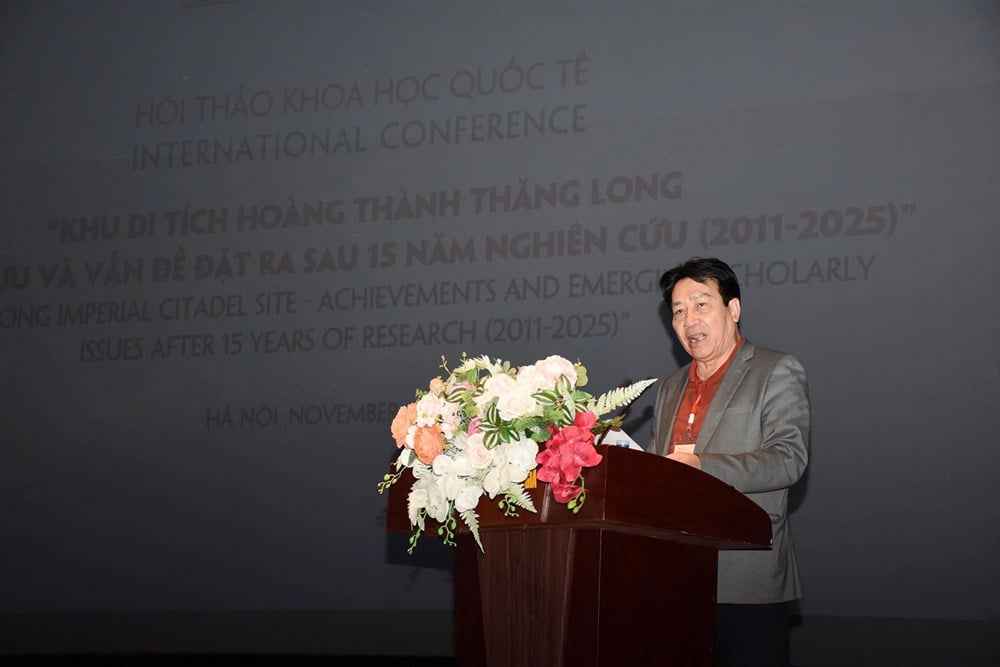
Associate Professor Dr. Bui Minh Tri - former Director of the Institute of Imperial Citadel Studies, Head of the Thang Long Imperial Citadel Restoration Project - said that excavations in the area of 18 Hoang Dieu and the National Assembly House construction area have discovered a large complex of 53 architectural foundation traces, 7 surrounding wall foundations and 6 water wells.
This discovery confirms the glorious existence of Thang Long Citadel during the Ly Dynasty, and at the same time becomes one of the most important archaeological discoveries of Vietnam in the 21st century, contributing significantly to helping Thang Long Imperial Citadel be recognized by UNESCO as a World Cultural Heritage in 2010.

UNESCO experts highly appreciate the work of preserving and promoting the value of Thang Long Imperial Citadel
However, despite finding many foundation traces, the overall form of the Ly Dynasty palace architecture remains a mystery. With no original structures to compare with like the Forbidden City (China), Changdokgung (Korea) or Nara (Japan), Vietnamese scientists have had to take a more difficult path: reconstruction using interdisciplinary science.
During the period 2011-2014, the Institute of Imperial Citadel Studies reinvestigated, excavated and conducted in-depth research, establishing a system of master plans of the Ly Dynasty palace architecture, combining archaeological documents, inscriptions, architectural models and regional comparisons.


The big turning point was the discovery of the dou-cong architecture – a masterful technique of supporting the roof and decorating, demonstrating the sophisticated construction level of the ancients. From here, the architectural form of the Ly Dynasty palace was restored using 3D technology in 2014.
In the period 2015-2020, the Institute continued to complete the panorama of Thang Long Imperial Citadel - a complex of 64 works including 38 palace and corridor architectures and 26 hexagonal architectures, proving the grandeur and splendor of Thang Long during the Ly Dynasty - not inferior to the major capitals in Asia.
In particular, in 2022-2023, the research team restored the Kinh Thien Palace in 3D - the most important main hall in the Forbidden City during the early Le Dynasty. The building is determined to have 9 compartments (7 compartments, 2 wings), with a total area of more than 1,100m², using the architecture of the citadel, overlapping the roof, with yellow-glazed dragon tiles, decorated with a statue of a dragon's head reaching high - a symbol of the power and spirit of Dai Viet.
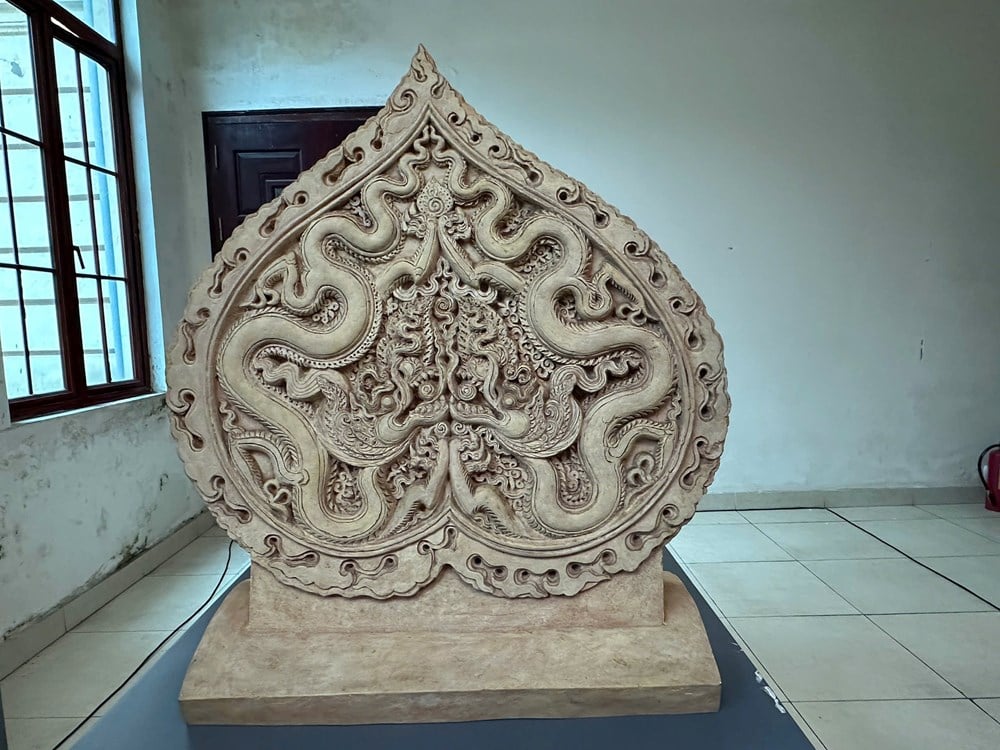
A panoramic view of “Palace life”
Not only decoding the architecture, scientists also try to restore the royal life of Thang Long through thousands of archaeological relics.
According to Associate Professor Dr. Bui Minh Tri, classifying, editing, determining the age and function of each artifact – the “fragments of history” – is a process that requires meticulousness and scientific perseverance.
These studies have brought about many breakthrough discoveries about Ly Dynasty porcelain - a testament to the sophisticated crafting techniques of the Vietnamese people, reaching a level equivalent to that of Song Dynasty porcelain (China).
Research results on discarded ceramics and production tools show the existence of Thang Long kilns - where royal utensils were produced for nearly six centuries, from the Ly - Tran to the early Le and Mac dynasties.

In addition, the Imperial Citadel Research Institute has conducted in-depth research on ceramics with Chinese characters, clarifying the value of artifacts in Truong Lac Palace (residence of Queen Mother Nguyen Thi Hang - wife of King Le Thanh Tong) and Thua Hoa Palace (of Queen Mother Ngo Thi Ngoc Dao - mother of King Le Thanh Tong).
Notably, archaeologists also expanded their research on imported porcelain, identifying many valuable collections from China, Japan, Korea and West Asia, contributing to a deeper explanation of the open economic and cultural exchange relationship of Thang Long Citadel in history.
Many artifacts were identified as originating from famous pottery kilns such as Dinh, Dieu Chau, Long Tuyen, and Canh Duc Tran, clearly demonstrating the position of ancient Thang Long as an international trading center.
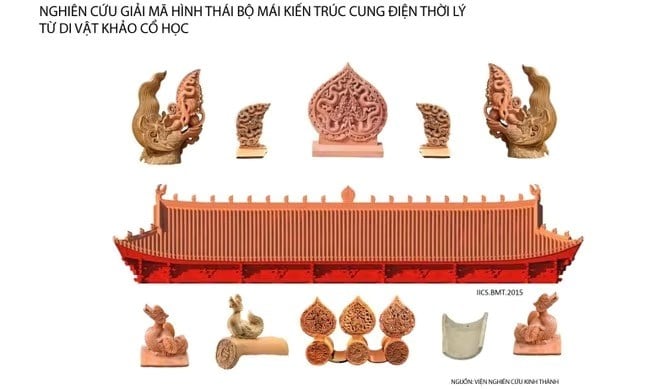
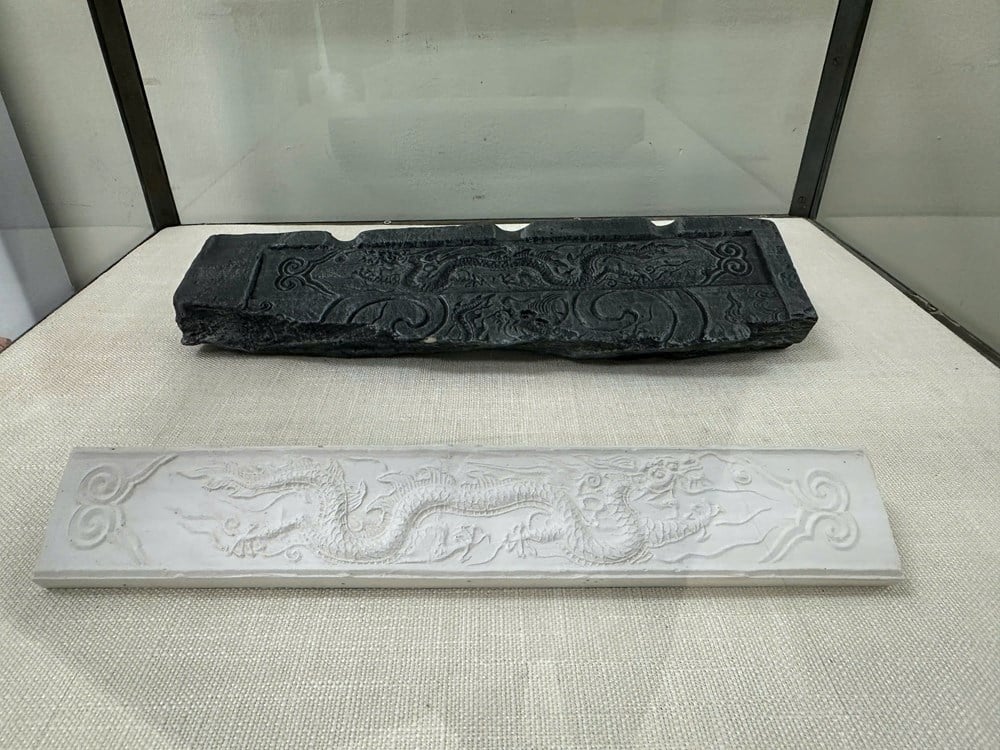
The international conference “Thang Long Imperial Citadel Relic Site – Achievements and Issues after 15 Years of Research” is not only an opportunity to look back on the 20-year journey since the relic was discovered, but also a time to establish a new direction in the work of research, conservation and promotion of heritage values .
Source: https://baovanhoa.vn/van-hoa/co-so-khoa-hoc-phuc-dung-kinh-do-ngan-nam-179011.html


![[Photo] Ho Chi Minh City Youth Take Action for a Cleaner Environment](https://vphoto.vietnam.vn/thumb/1200x675/vietnam/resource/IMAGE/2025/11/04/1762233574890_550816358-1108586934787014-6430522970717297480-n-1-jpg.webp)

![[Photo] The road connecting Dong Nai with Ho Chi Minh City is still unfinished after 5 years of construction.](https://vphoto.vietnam.vn/thumb/1200x675/vietnam/resource/IMAGE/2025/11/04/1762241675985_ndo_br_dji-20251104104418-0635-d-resize-1295-jpg.webp)
![[Photo] Panorama of the Patriotic Emulation Congress of Nhan Dan Newspaper for the period 2025-2030](https://vphoto.vietnam.vn/thumb/1200x675/vietnam/resource/IMAGE/2025/11/04/1762252775462_ndo_br_dhthiduayeuncbaond-6125-jpg.webp)

![[Photo] Ca Mau "struggling" to cope with the highest tide of the year, forecast to exceed alert level 3](https://vphoto.vietnam.vn/thumb/1200x675/vietnam/resource/IMAGE/2025/11/04/1762235371445_ndo_br_trieu-cuong-2-6486-jpg.webp)






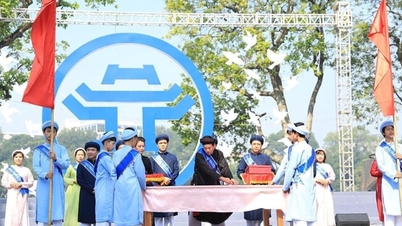








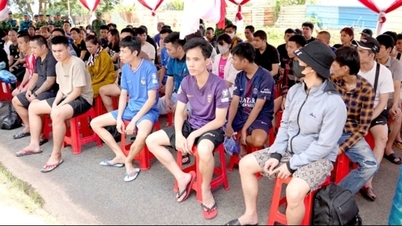


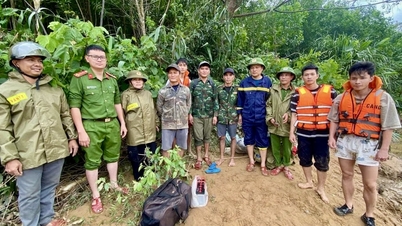
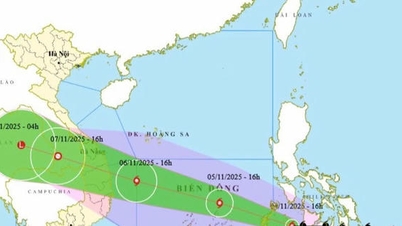








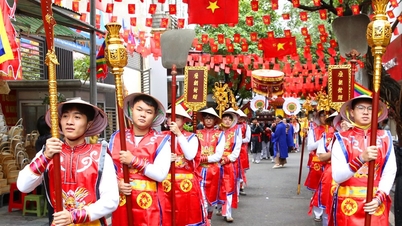

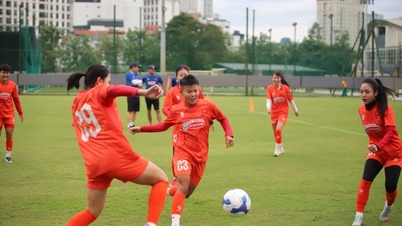





















































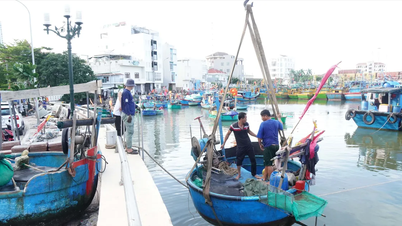

















Comment (0)